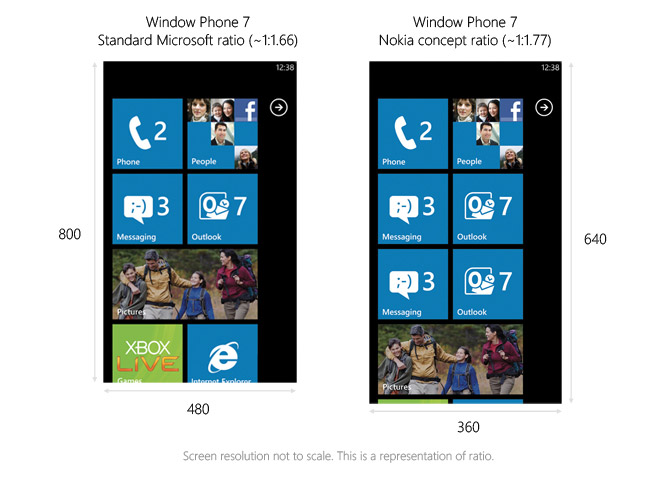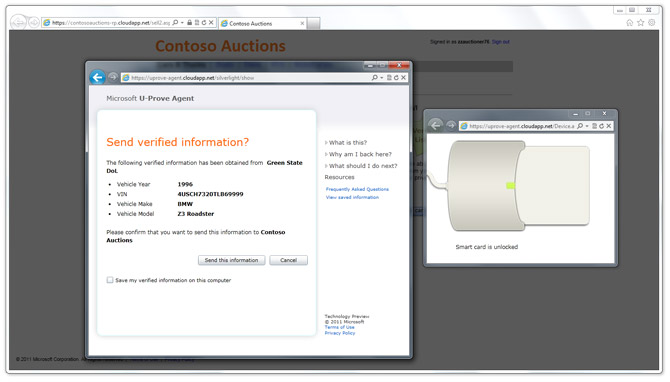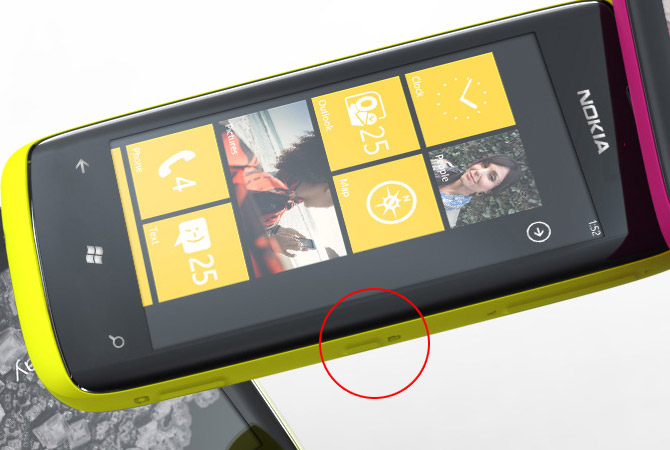
With the help of advanced CSI forensics (a.k.a. fixed ratio marquee in Photoshop), I have found evidence to suggest the oddities of the home screen tiles on Nokia’s concept Windows Phone 7 is not a mistake.
Looking back at the catalog of Nokia smartphones, one commonality stood out – many of them have the screen resolution of 640×360. In fact, Nokia coined this resolution “nHD” and as far as I know is not used by any other brand on the market.
Now, using the ratio of that resolution which is 1.77 (or more commonly known as 16:9), placing it over the Windows Phone 7 home screen yields an interesting but not unfamiliar result – four tiles plus a bit.
What might be happening here is that Nokia, who like all other OEMs, are trying to minimize costs in adding a new model to their product line. It’s common for them to utilize existing components such as a screen and display sensors and. It would not be surprising if Nokia is reusing nHD as they’re familiar with the technology and its manufacturing process.
In response to criticism that these images are “rough designs”, I would say for a CAD model as polished and as detailed as Nokia’s to be shown to the public at a press event, it’s extremely unlikely the designer would base it off “hunches”. To that effect, the designer simply don’t add and place elements as they wish, instead, they would be given quite specific if not scientific measurements on all the elements that make up the hardware’s exterior.
Having said everything about the Nokia concept device, let me be very clear, there is nothing wrong with this phone. In fact, I quite like the bold colors and clean lines on the industrial design. However, it’s specifications can have ripple-like impact on the rest of the ecosystem which up and till now was evangelized to be consistent.
We’ll have to see when the specifications of this device is revealed if it’ll stay that way.
Update: Commenter “Juan Camargo V.” also raises an interesting point that this might be part of a hardware specifications refresh from Microsoft coming at Mobile World Congress 2011. iPhone 4’s qHD (960×540) also has an aspect ratio of 1.77 which makes it a contender for a future-proof resolution. Nevermind that, iPhone 4 has a 960×640 (ratio of 1.5) screen.
Update 2 (16/02): At the Mobile World Congress 2011 financial analyst briefing, Microsoft’s Andy Lees, SVP of Mobile Communications Business, said in response to how quickly OEMs can design a WP7 device,
It varies a lot by OEM. If you were to start completely from scratch, it takes a while, 18 months. But, you don’t often need to start from scratch. If you’re asking specifically with Nokia, Nokia has lots of components that they can use in order to get a much faster start.




